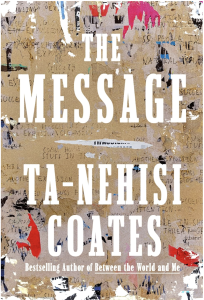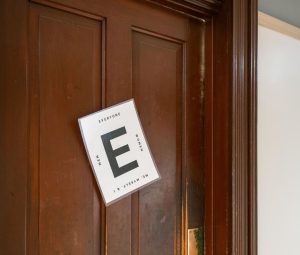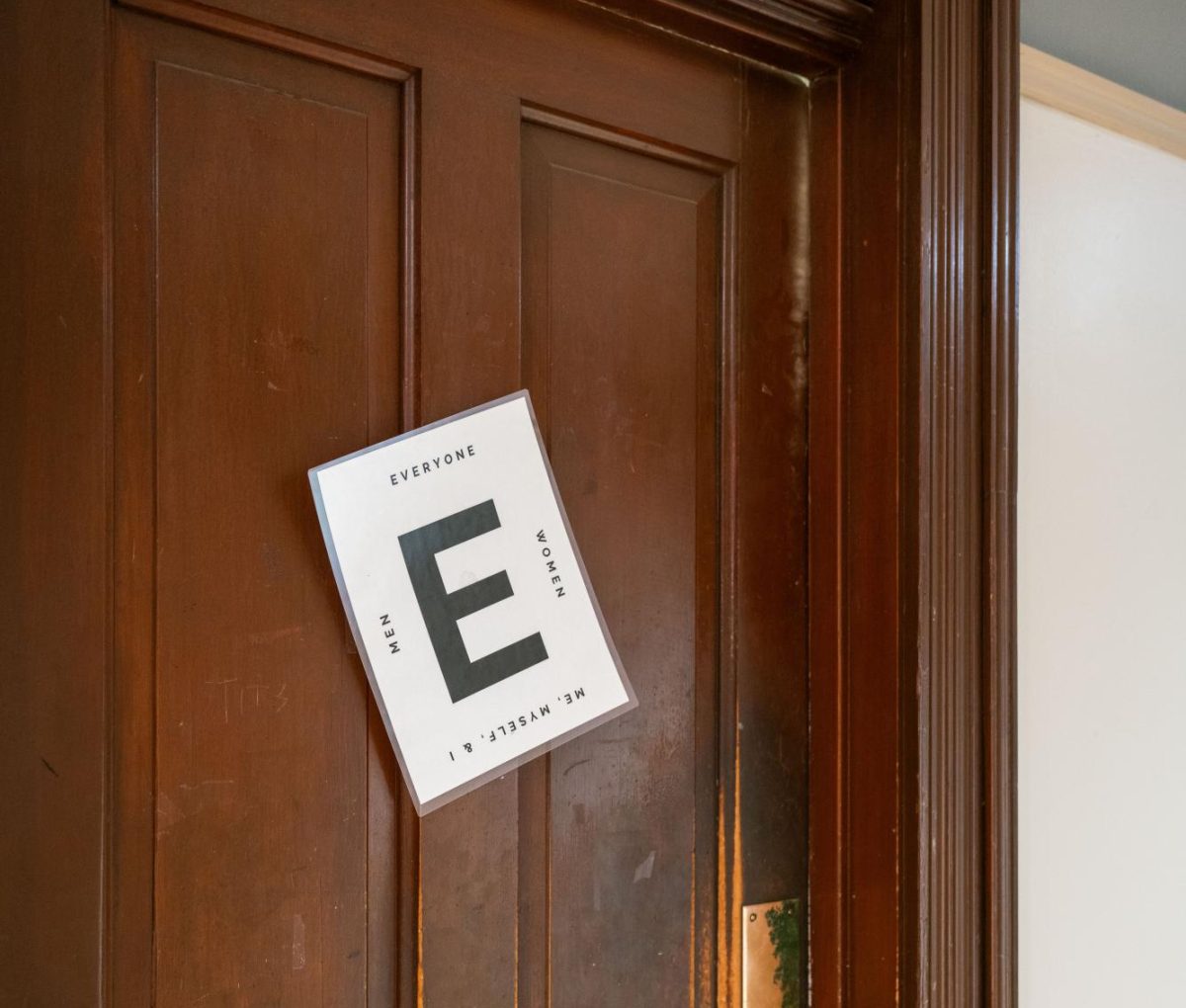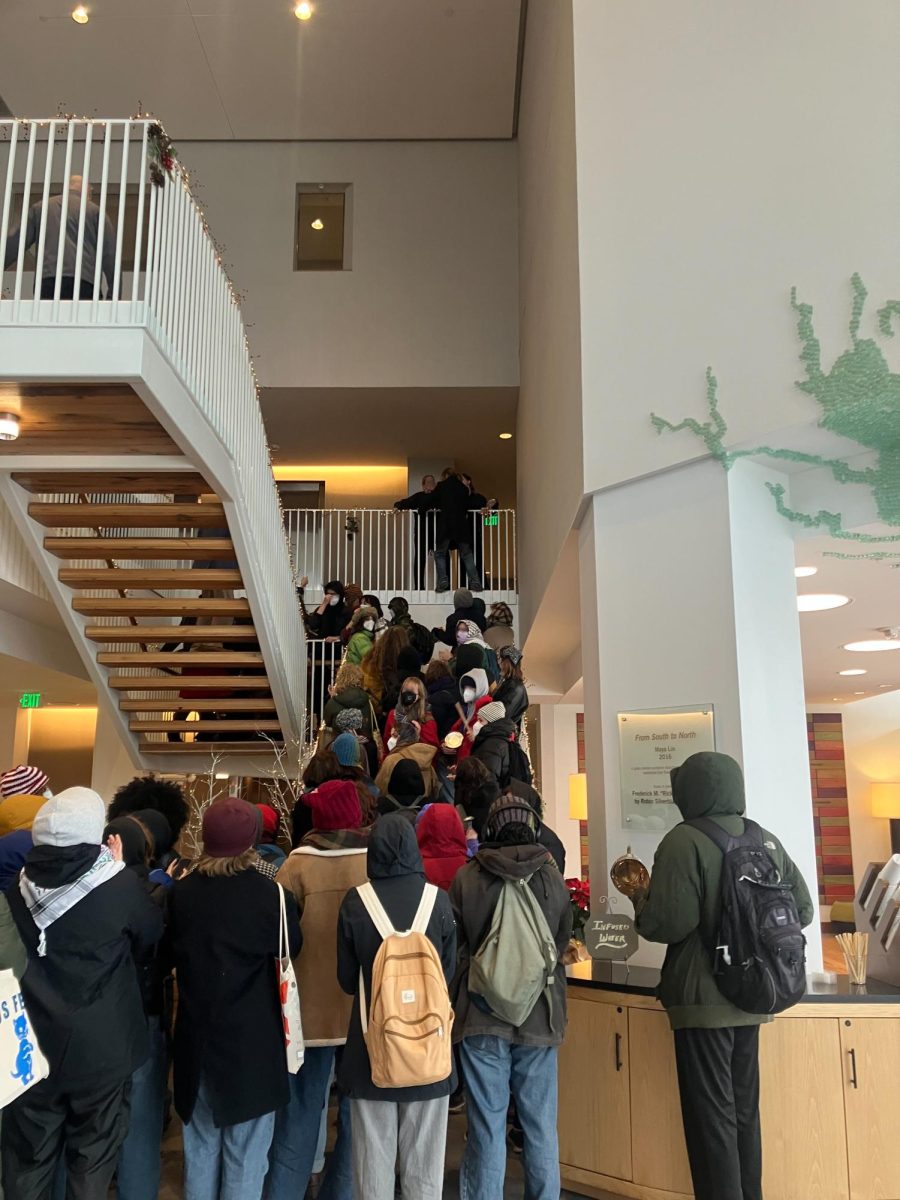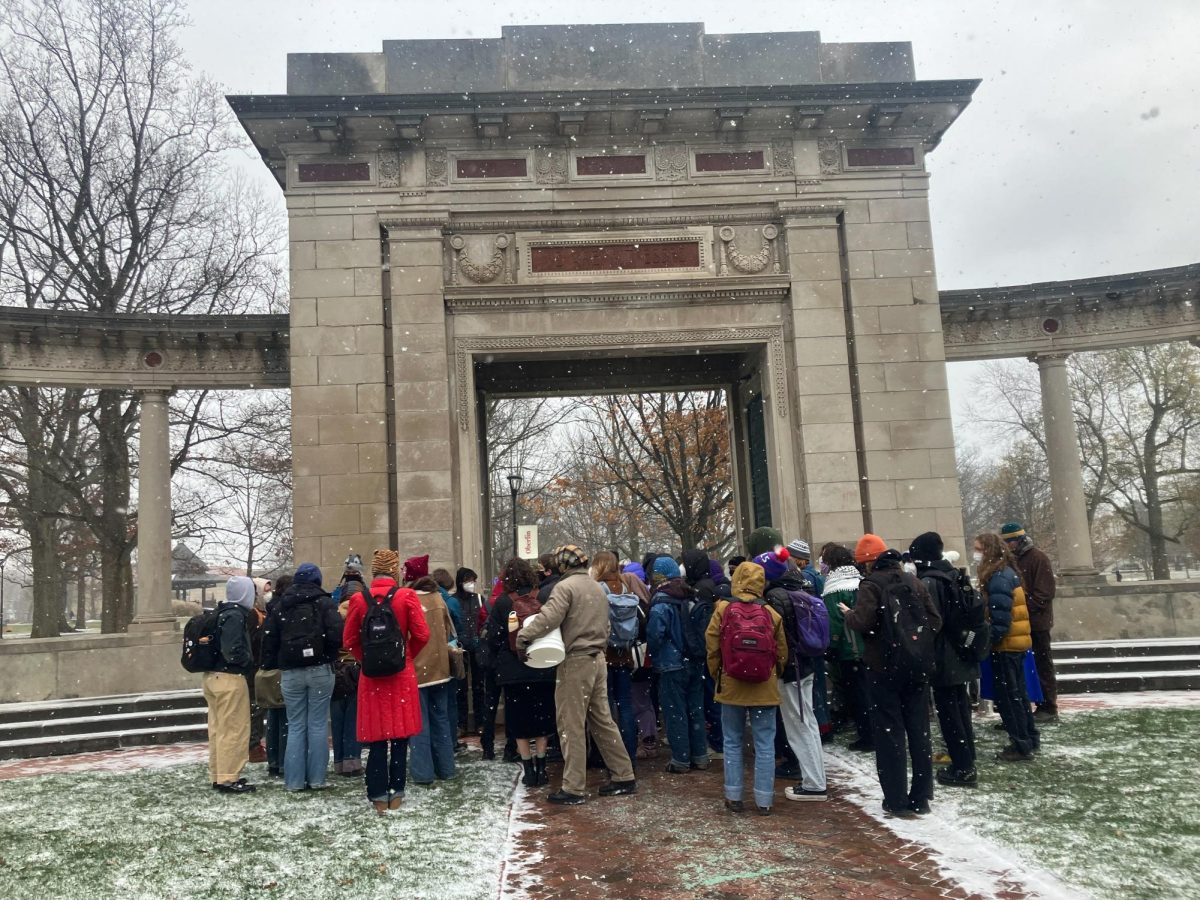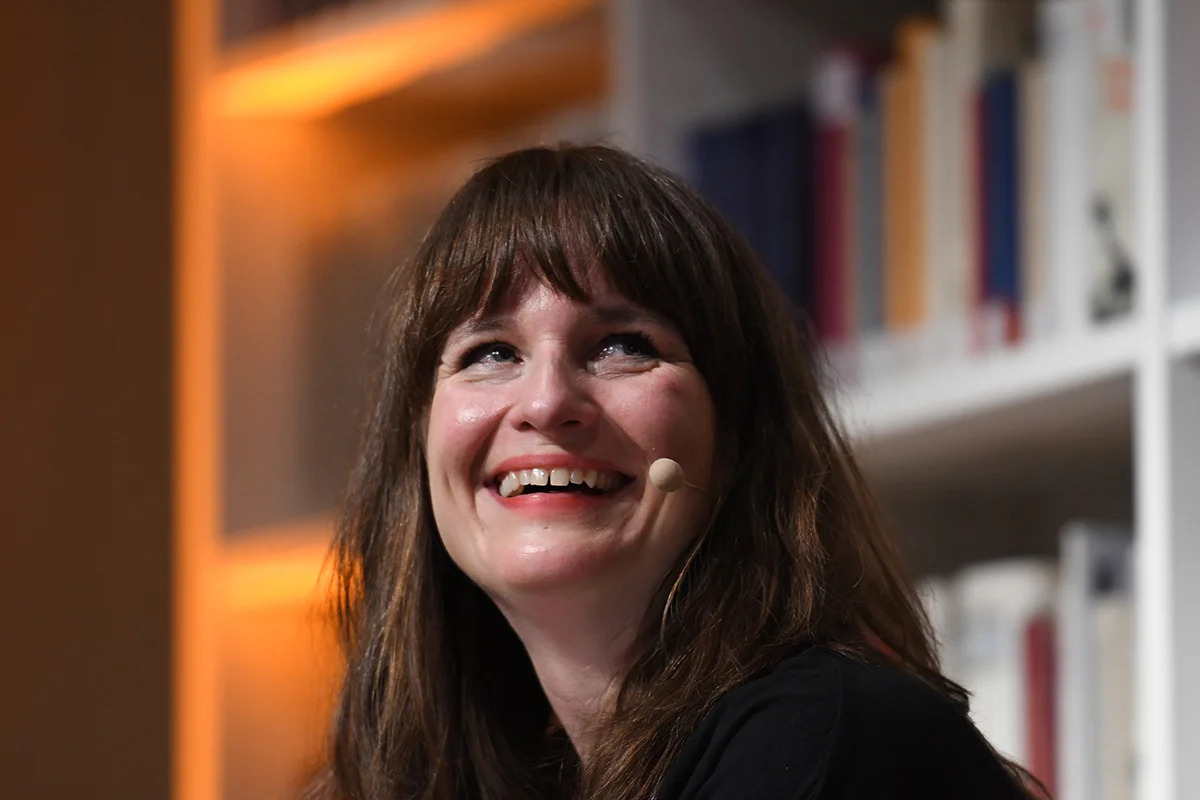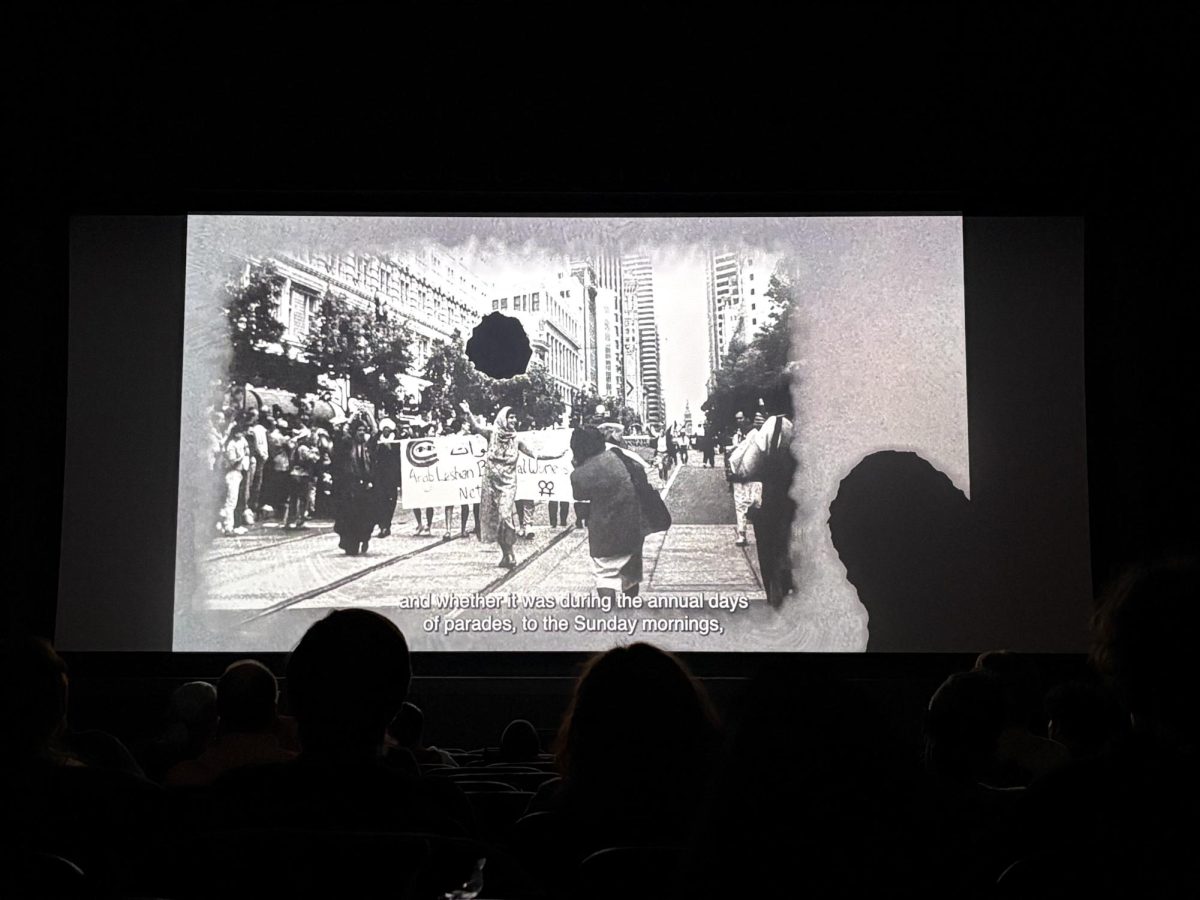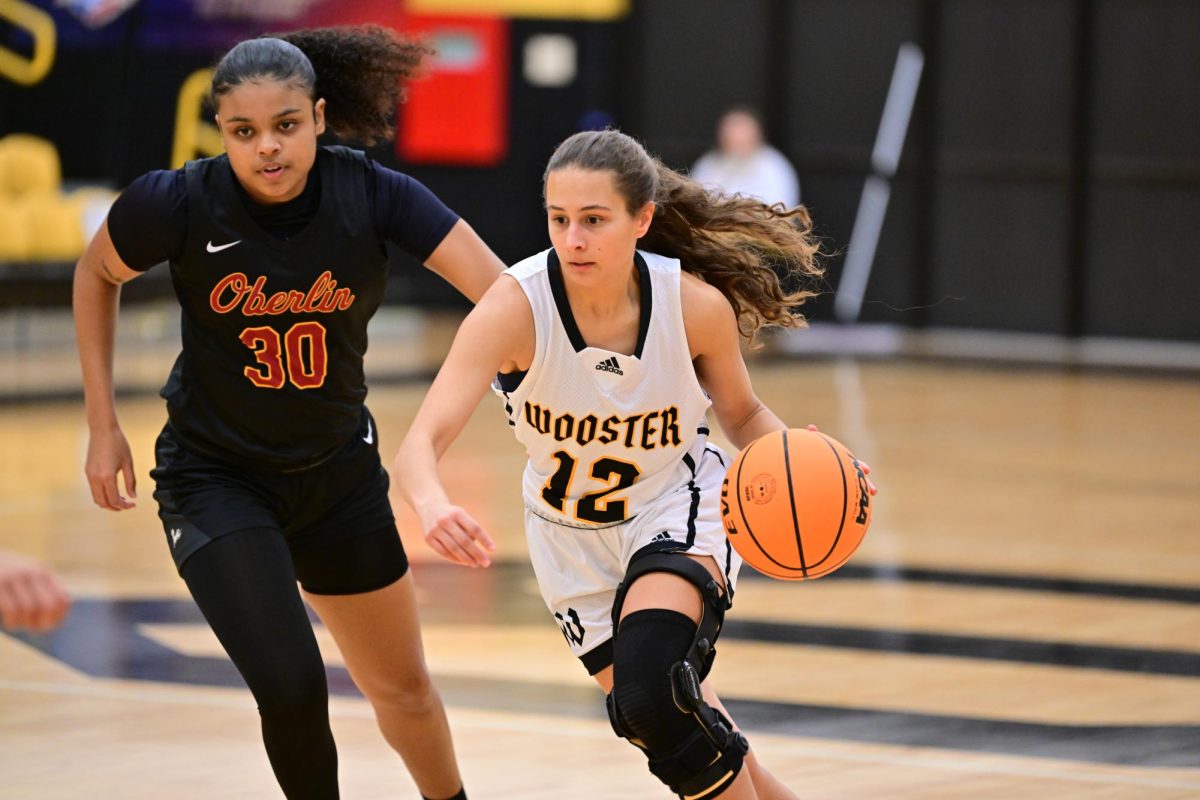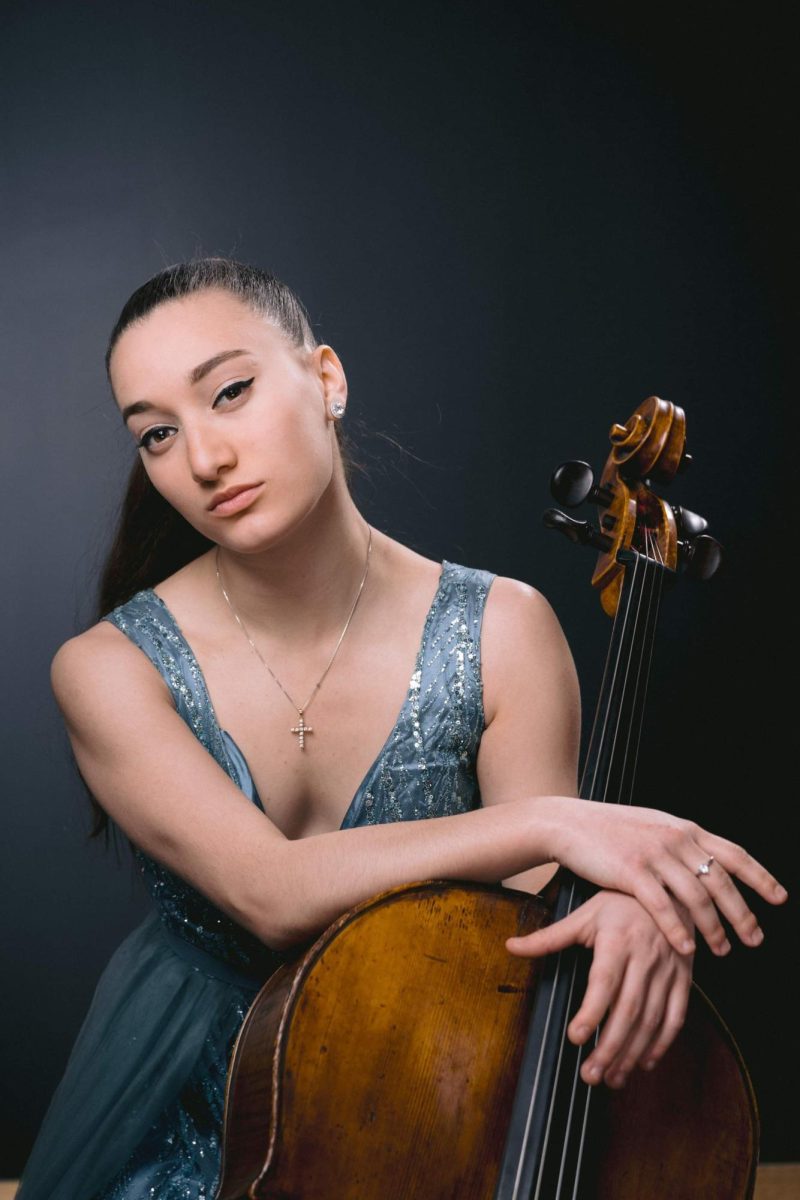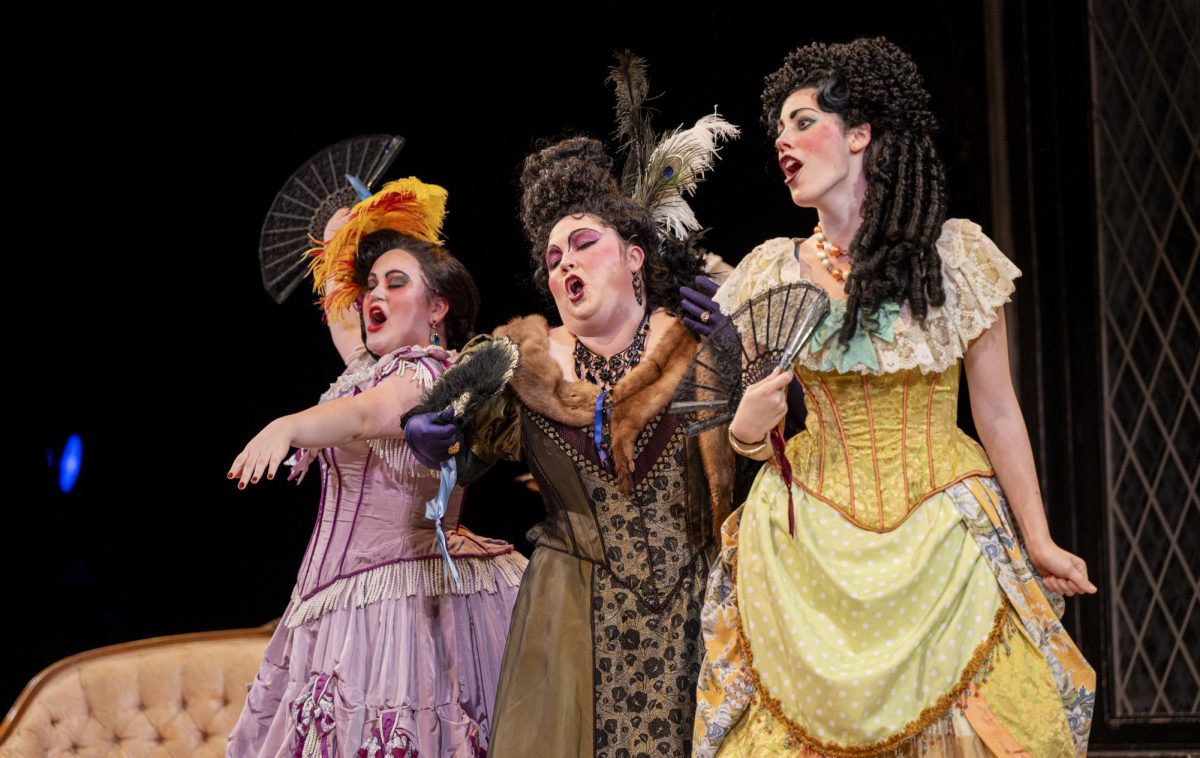Steve Lehman Octet Delivers Dynamic, Engaging Performance
November 15, 2013
The Steve Lehman Octet played to a crowded and appreciative audience at the Cat in the Cream on Sunday night, delivering a virtuosic and sensitive performance that took advantage of the full range of instrumentation and musicianship in the ensemble. Lehman, an alto saxophonist, led his group through a mix of improvised and orchestrated tunes.
The group is currently in the midst of a tour through the United States and Europe. Its lineup features Lehman on saxophone and live electronics, Jonathan Finlayson on trumpet, Mark Shim on tenor saxophone, Tim Albright on trombone, Chris Dingman on vibraphone, Jose Davila on tuba, Drew Gress on bass and Tyshawn Sorey on drums. Their repertoire consists mostly of new music commissioned by Chamber Music America, a non-profit organization that connects small ensembles to professional development, networking and funding resources. The concert on Sunday was only the third time some of the material had been performed.
The show began unexpectedly, however, with an older piece titled “Redemption.” As would become a pattern throughout the evening, the octet took advantage of the full range of timbres available to them. They employed expressive dynamic shifts to support an unsettling, staggering rhythm, with outbursts of sax, trumpet and solo drums fading back into a relentless pattern not unlike skipping stones. The piece built to a towering peak before a sudden and dramatic finish.
During a masterclass earlier that day, Lehman stressed the importance of leaving space for improvisation in jazz music, and this ethos came across beautifully in much of his music. The next two pieces expanded upon the octet’s mastery of expressive dynamics. The second piece, “Beyond All Limits,” used well-timed stops and silences to contrast with and emphasize the manic energy of the group playing in unison.
The third piece began with a slower, quieter introduction played by only tenor sax and vibraphone. The trumpet joined, then exited, teasing, then joining again with the whole group — but only for a brief section before bowing out once more. Finally, the whole group came together for the bulk of the piece before stripping gradually back down to saxophone and vibraphone at the end.
The remainder of the concert was comprised of pieces which continued to incorporate expressive and virtuosic soloing, including “Alloy,” which featured extensive trombone solos. Sorey in particular soloed with dazzling polyrhythms and odd meters while maintaining rhythmic certainty. But the ensemble also showed a sensitivity and awareness about when to back off and let the music breathe, ensuring that the technically impressive solos fit into a coherent and impactful whole.
Lehman showed an affinity for the unexpected and complex when it came to musical choices. Aside from having a tuba and bass playing at the same time — a strange yet effective combination — several orchestrated moments made fine use of spectralism, a method of composition that uses combinations of notes which bring out distinct overtones. Add to that Dingman’s alternately-tuned vibraphone top swapped out partway through the show, and the result was jazz that sounded at times jarring and otherworldly to Western ears.
The concert also featured Lehman’s electronics more as the night went on. He was accompanied by a MacBook for the duration of the show, though it was unclear whether the unique sounds were originating from the machine itself or being modified and looped from other players. Regardless, the electronic flourishes provided a tasteful and intriguing complement to the group’s more traditional instrumentation without overwhelming the ensemble
Overall, the Steve Lehman Octet delivered an impressive, virtuosic and engaging performance, a treat for Oberlin students and community members alike.


